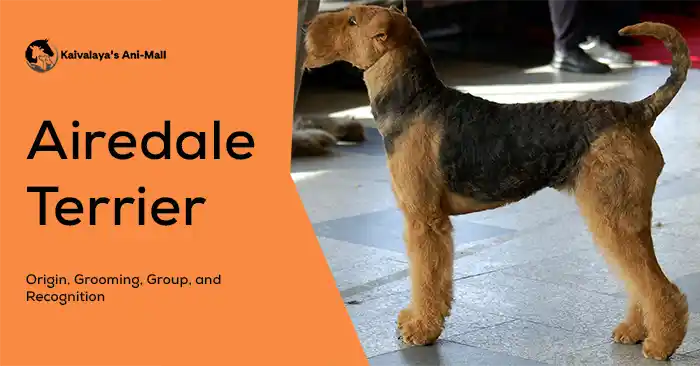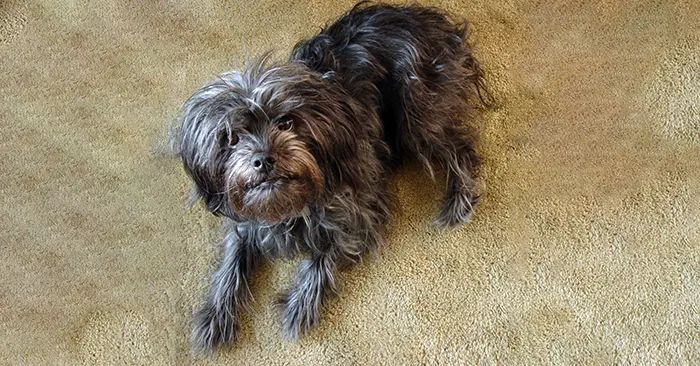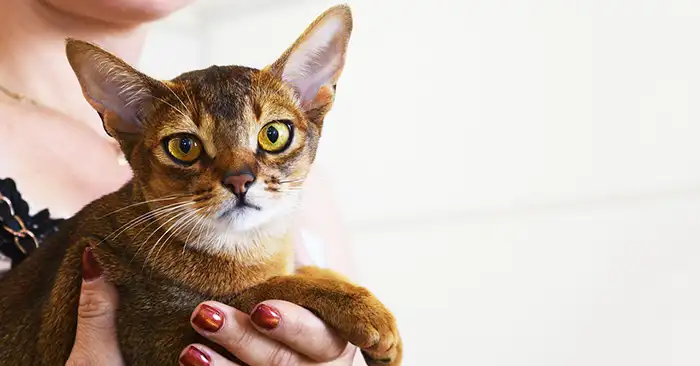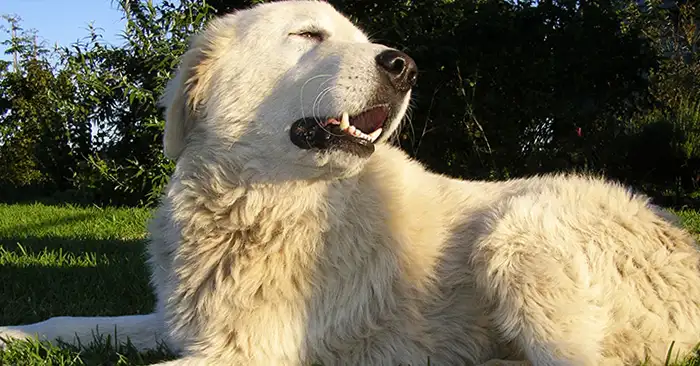Their name comes from the mountain range from where they originated that is Pyrenees mountains. These beautiful white dogs from France are the size of Grey wolves and were once royal dogs of France. They are called Le Chien de Montagne des Pyrenees or Le Chien des Pyrenees in their native country France and are called as Pyrenean Mountain Dog in whole Europe. They are quite good as companion but, are not the easiest ones. They are moderately active and good as companion for hiking. This drooly pooch is roaming lover so, you will need a fenced area and off leash outside will not be a good idea. They are also known for their independent mind which indicates that it is not for everyone. Let’s know more about this breed.
Great Pyrenees Origin
It is a very old breed. Their ancestors which were perhaps white mountain flock gaurd dogs were believed to be present around 11,000 years ago in Asia Minor. They are then believed to be migrated here in Pyrenees mountains located in south western Europe in country France with shepherds from Asia around 3000 B.C. and developed into today’s Great Pyrenees with indigenous people of this area called Basques in these mountains isolated from world. They are not Molossoids but, are lupomolossoids. Their description and role as great shepherds can be found in French writings in 1407. They have been very useful for peasants for herding and gaurding flocks of livestock and as companion from many centuries.
In 1675 they were adopted as royal dogs of France by the Dauphin in court of King Louis XIV. In 1885 Kennel Club of London registered Great Pyrenees. Around late 19th and early 20th century their number started falling due to decrease in predators in mountains. In 1907 Monsieur Dretzen from Paris, along with Count de Bylandt of Holland and Monsieur Byasson of Argeles Gazost, formed the Club du Chien des Pyrenées. They selected some good specimen and took to their kennel. After world war 1 and world war 2 Monsieur Senac Lagrange, took lead to restore this breed. First breed standard was published in 1927.
American Kennel Club recognised this breed in 1933.
Great Pyrenees Temperament
If we see the temperament of Great Pyrenees towards their human owners then it is confident, gentle, affectionate and patient towards their human owners. Because of their patience and tolerance, they are very good with owner’s children. Care should be taken when other people children are there around your Pyr and especially with your children with your Pyr around them. They always want to be with their human companion so, don’t keep them away from you for longer periods of time otherwise, you will have a destructive Pyr.
They are not good with other dogs and are mainly aggressive with same sex dog. Thorough socialisation is must for this case.
They are alert and fearless. For strangers they are reserved due to their gaurding background so, early socialisation is must for them to not get overly protective. They are highly protective towards their family members.
Pyrs are smart and independent in nature with a mind to do job by their own will. You need to be confident, firm and positive to train your Pyr and early training is must in their case.
Great Pyrenees Physical Appearance
Great Pyrenees is medium boned large sized dog. It is neither very lumber nor light. It is balanced and rectangular proportioned dog.
Head is not heavy compared to body and is of wedge shaped. The muzzle blends smoothly with skull. Ears are small to medium sized and set at eye level and carried low. Ears are triangular shaped with rounded tips and close to head.
Coat is double layered with thick, long, coarse and straight or slightly undulated outer coat and dense, woolly and fine undercoat. Coat forms mane around neck and shoulders. There is feathering at back of front legs and thighs. Coat colour comes in solid white or white with markings of gray, badger, reddish brown, or varying shades of tan.
Tail is feathery and plumed. Tail may carried low or over the back. Tail reaches the hock.
Great Pyrenees Size
Height
- Male – 27 to 32 inches
- Female – 25 to 29 inches
Weight – Proportional to the size of the dog
- Male – 100 to 130 pounds
- Female – 90 to 115 pounds
Great Pyrenees FCI Classification
- Section – Section 2.2, Molossian: Mountain type
- Group no 2
- Country of origin – France
- Standard no 137
Great Pyrenees Grooming
Great Pyrenees shed all year round and heavily shed twice a year. You need to brush with slicker brush and inspect coat of your Pyr at least once a week. Although their coat looks need for lots of care but, it is not. Their coat is tangle and matt resistant with self cleaning. When your Pyr blows out its coat then you need to pull away loosened coat with a rake. You should give bath to your Pyr when it becomes really dirty or once in three to five months. And it is good if you brush your Pyr before giving bath.
- Ears should be checked and cleaned with dog specific ear cleaner with cotton balls.
- Teeth should be brushed every day and if not possible at least twice or thrice a week for their good oral health.
- Trim their nails once in a month or when they need it. Nails should be kept short all the time.
Great Pyrenees Nutrition
A premium quality commercial dog food tailored for large breed dogs will go well with their feeding. Food should never contain soy, wheat and corn. If you prepare food for your Pyr then it should be with moderate protein and fat and moderate calories of around 2200 calories. Protein source should come from more than one source of meat. Add vegetables, eggs, cottage cheese and fruits in very low proportion to their food.
- Always keep clean water available all time for your Pyr.
Great Pyrenees Training
Plan to train your Pyr pup from the time you bring it home and it starts with bonding. They love to do job in their own way and not at all interested to please you therefore, you need to be patient while training your pup. As they are independent in nature, they will challenge you while training and you need to be confident to successfully train them. As Pyrs are sensitive they need positive training with appreciation when work is done your way. As they are smart they get bored very easily so, training sessions should be kept quite short.
As they are conserved for strangers early socialisation is must for your Pyr with dogs, strangers, and other pets.
If you know this breed and how to train them then this breed will be joy of your life.
Great Pyrenees Health Challenges
The health problems Great Pyrenees suffer from are
- Hip dysplasia
- Tricuspid valve dysplasia
- Osteosarcoma (bone cancer)
- Persistent pupillary membranes
- Progressive retinal atrophy
- Osteochondritis dissecans ,
- Patellar luxation and
- Bloat.
Litter size of Great Pyrenees is 6 to 9 puppies.
Life expectancy of Great Pyrenees is 10 to 12 years.







Unquestionably believe that that you stated. Your favourite reason appeared to be at the net the easiest factor to take into accout of.
I say to you, I certainly get irked while folks think about worries that they just
don’t realize about. You controlled to hit the nail upon the
top and outlined out the whole thing with no need side effect ,
other people can take a signal. Will likely be again to get more.
Thanks
Excellent site you’ve got here.. It’s hard to find high-quality writing like yours nowadays.
I seriously appreciate individuals like you! Take care!!
thank you so much for much needed appreciation.